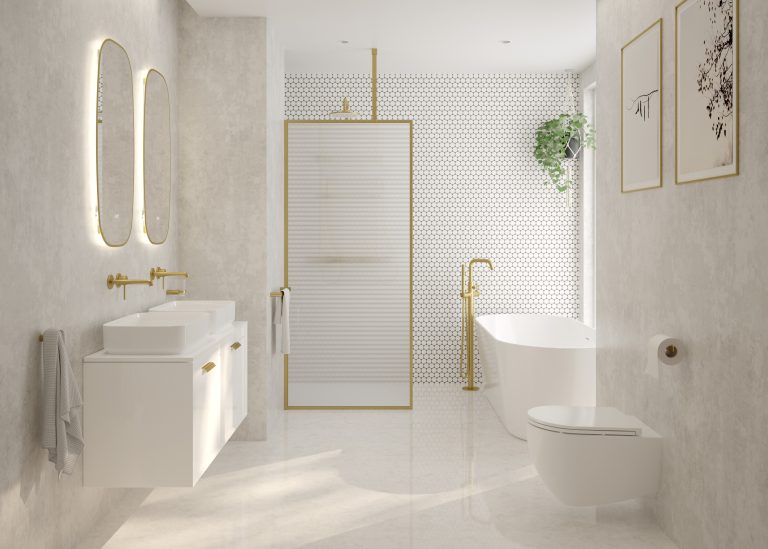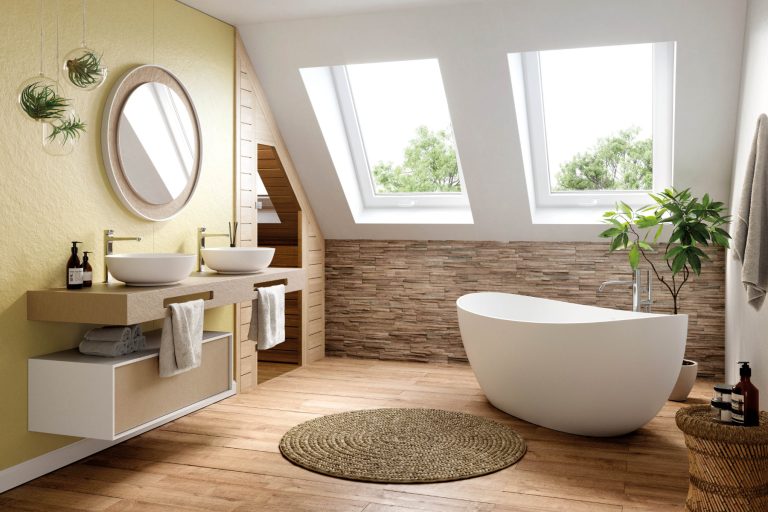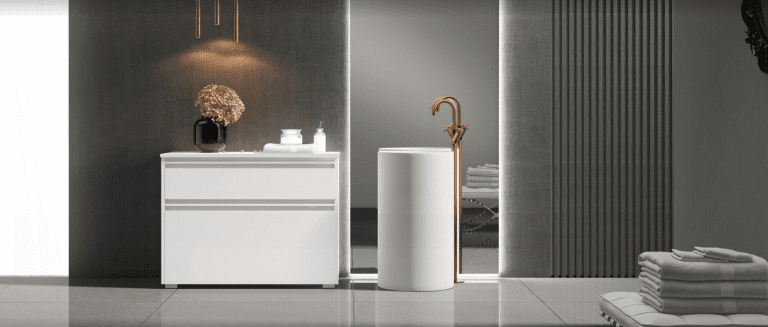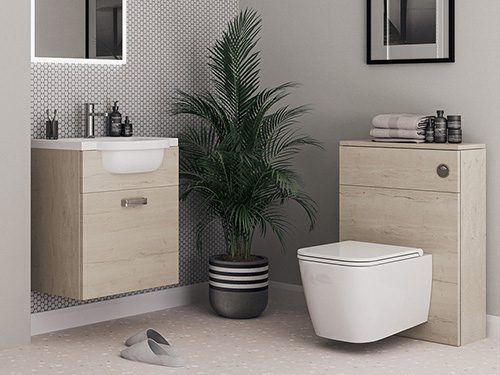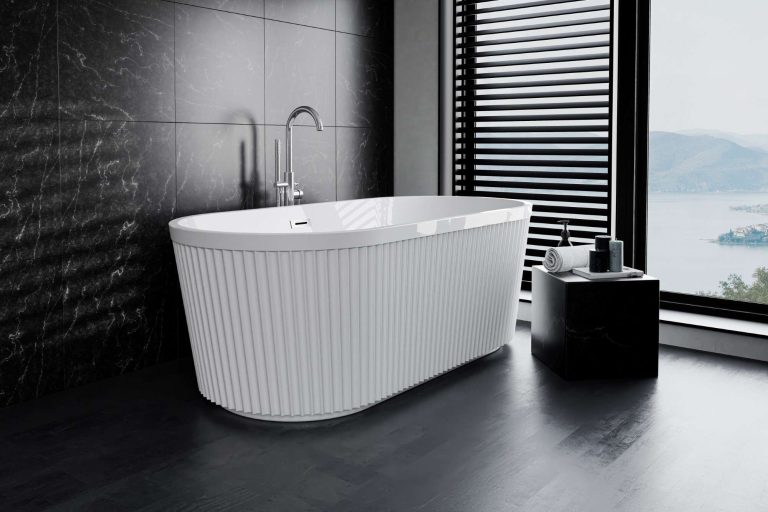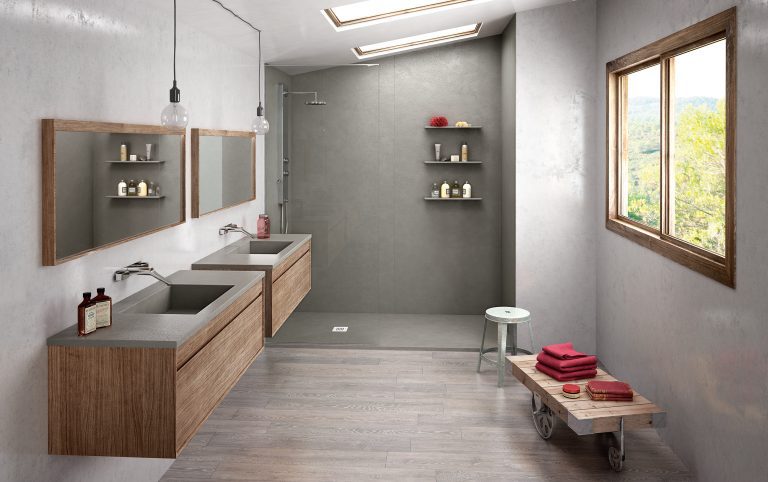Freestanding vs Built-In Baths: What’s Right for You?
Choosing the right bath can transform your bathroom not just visually, but practically too. Whether you’re renovating a master ensuite or updating a compact family bathroom, one of the most important decisions you’ll face is whether to go for a freestanding bath or a built-in bath. Each option brings its own strengths, limitations, and design considerations—and the choice you make should reflect your space, your lifestyle, and your sense of style.
In this guide, we’ll take a fresh look at the freestanding vs built-in baths debate. We’ll explore which is better for small bathrooms, what kind of statement each type can make, and how modern brands like Sonas, Acquabella, and Decosan are redefining what a luxury bath experience looks like.
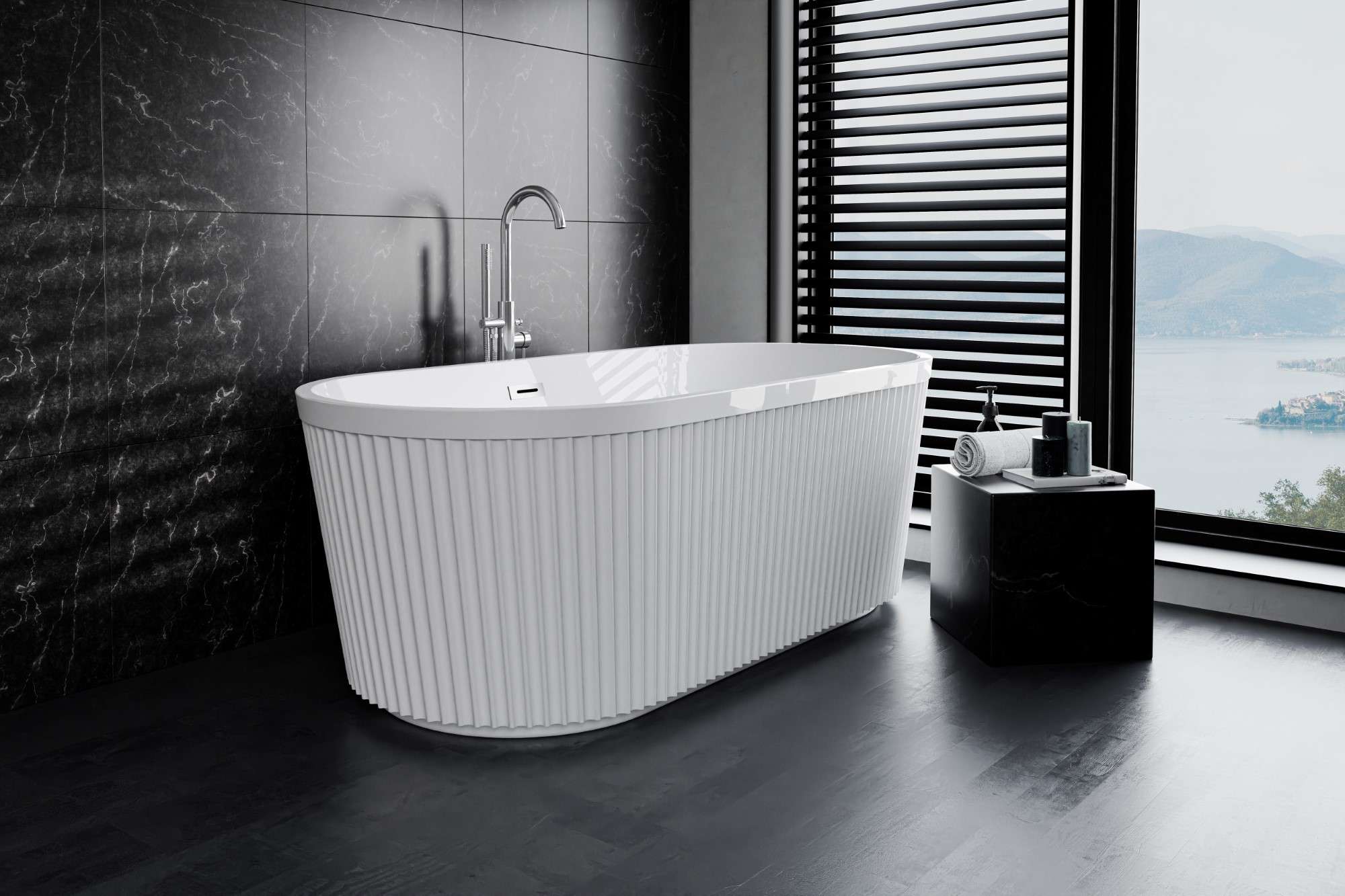
Understanding the Difference: Freestanding vs Built-In Baths
Before you decide what works best for your bathroom, it’s useful to understand the practical and visual differences between these two types of baths.
Freestanding baths are self-supporting and sit directly on the floor, often with space around them. They don’t need to be enclosed by walls or tiles, which allows for more flexibility in where they’re positioned.
Built-in baths, also known as inset or alcove baths, are installed against one or more walls and enclosed by panels or tiles. These are the traditional choice in many UK homes, offering a neat, compact solution—particularly when space is limited.
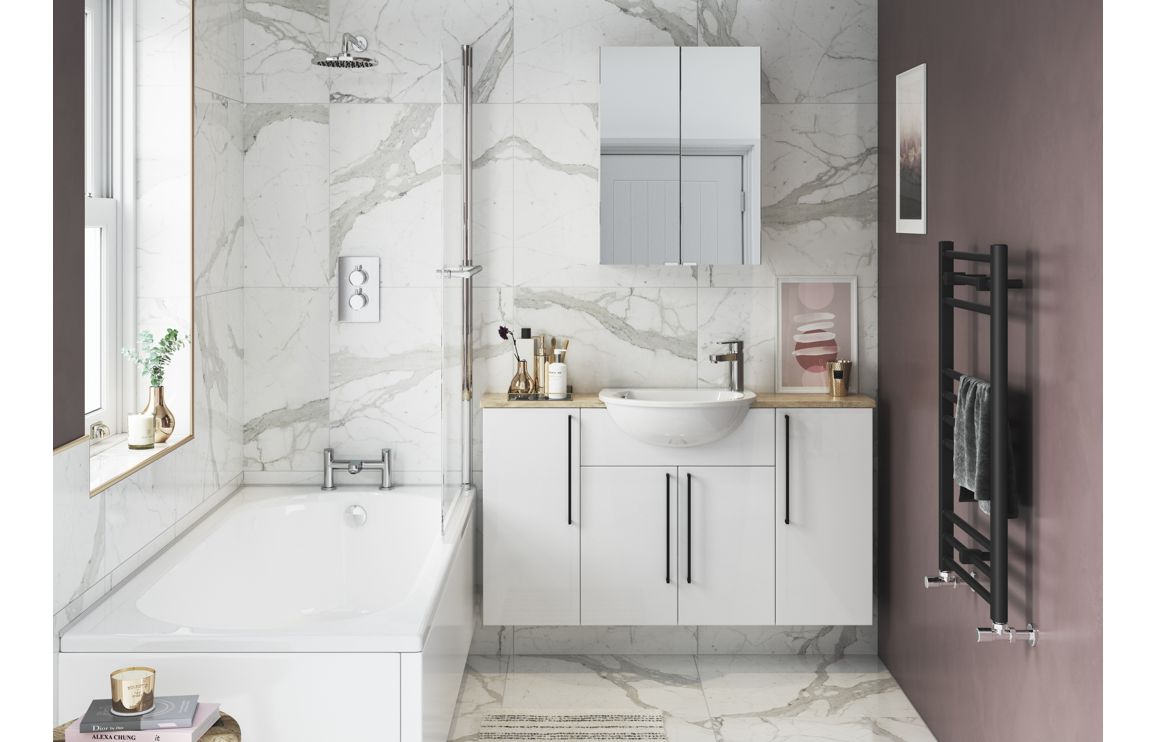
The Case for Freestanding Baths
- A Statement in Style
Freestanding baths are often associated with luxury and style. Whether you choose a modern sculptural tub or a traditional roll-top, freestanding models are designed to stand out. They create a focal point that sets the tone for the entire room.
Brands like Acquabella offer beautifully engineered composite freestanding baths in stone-look and textured finishes. These bring an earthy, tactile feel to modern bathrooms and work especially well with natural materials and spa-inspired spaces.
- Flexible Placement
One of the biggest advantages of a freestanding bath is flexibility. You’re not restricted to corners or recesses—you can place it under a window, in the middle of the room, or as part of a zoned layout. This opens up design opportunities, particularly in larger bathrooms where flow and symmetry matter.
- Easier Maintenance
With space around the bath, cleaning is often more straightforward. You don’t get the same build-up of mould or sealant issues you might find with tiled panels on built-in baths.
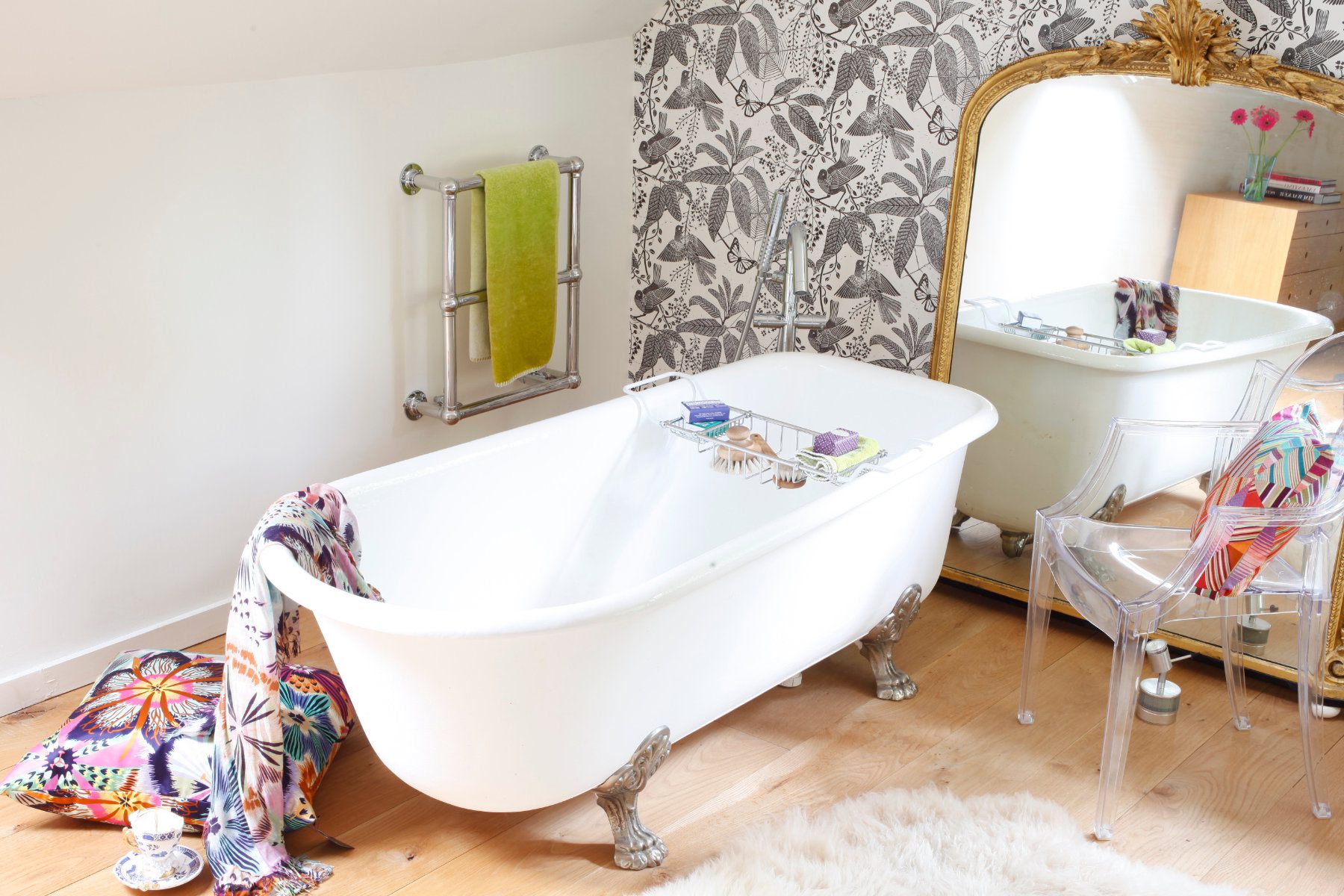
The Case for Built-In Baths
- Space-Saving Practicality
Built-in baths make efficient use of space. Because they sit flush against one or more walls, they can slot neatly into smaller bathrooms or ensuite layouts. You can also incorporate a shower over the bath, making them ideal for multi-functional bathrooms.
If your goal is to maximise every inch, a built-in bath is often the best choice—especially in narrow spaces or awkward corners. Many models from Sonas Bathrooms are designed with this kind of practicality in mind, offering sleek, low-profile options that blend in effortlessly.
- Integrated Storage and Surrounds
A major benefit of built-in baths is that you can customise the surrounding area. Whether it’s a tiled shelf for candles and toiletries, or fitted cabinetry beneath the bath edge, you can make clever use of the structure.
Pairing a built-in bath with Utopia Bathrooms furniture gives you a polished, cohesive finish and opens up more practical storage in family-friendly bathrooms.
- Budget-Friendly Installation
In general, built-in baths are more cost-effective to install. They require less specialist fitting and can often use existing plumbing without extensive rework. If you’re updating a rental property or trying to stay within budget, this could be a key consideration.

Style Considerations: Which Look Suits You?
When choosing between freestanding and built-in, your personal style matters. Do you lean toward minimalism? Or do you want something more ornate?
- Freestanding baths suit bold, contemporary bathrooms, as well as period-style spaces. If your bathroom is large or part of a loft-style conversion, a freestanding bath can create a strong visual anchor.
- Built-in baths are perfect for seamless, modern spaces where every feature blends into the room’s architecture. They’re also well-suited to homes where function is prioritised—such as busy family bathrooms or accessible layouts.
With a brand like Decosan, you’ll find a fusion of both worlds—beautifully styled built-in baths with a bespoke aesthetic that mirrors the clean lines and shapes of high-end furniture.
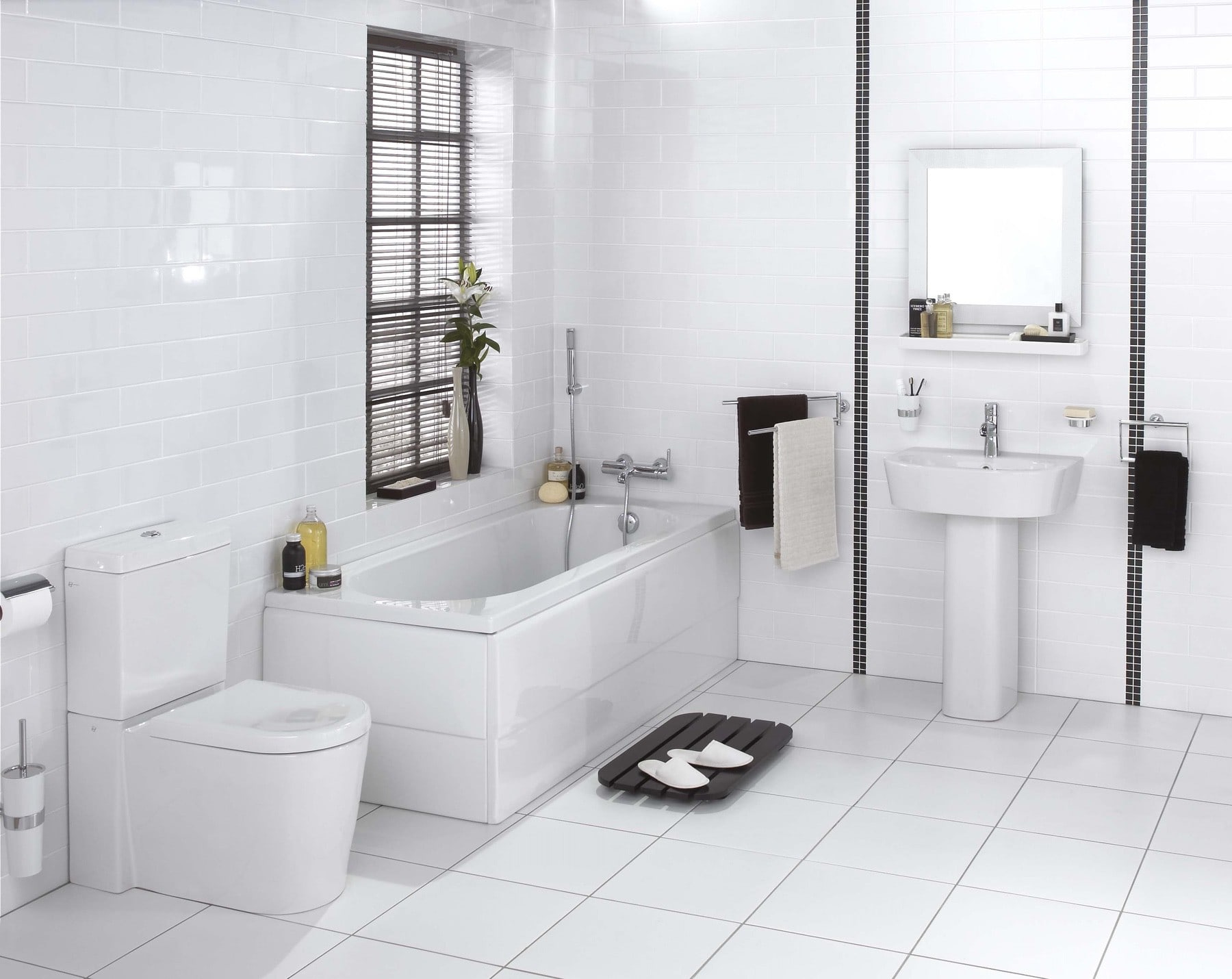
Accessibility and Family Use
If you’re planning a new bathroom for family life or accessible living, think about how the bath will be used daily.
Built-in baths tend to be easier to get in and out of, especially when paired with grab rails or walk-in shower setups. Brands like Roman offer shower screens and bath enclosures that can be installed directly onto built-in models, helping you futureproof your design for all ages and abilities.
Freestanding baths, on the other hand, usually have higher sides and can be harder for younger children or older adults to access. While they score highly for luxury, they might not be the most practical option if you need something universally accessible.
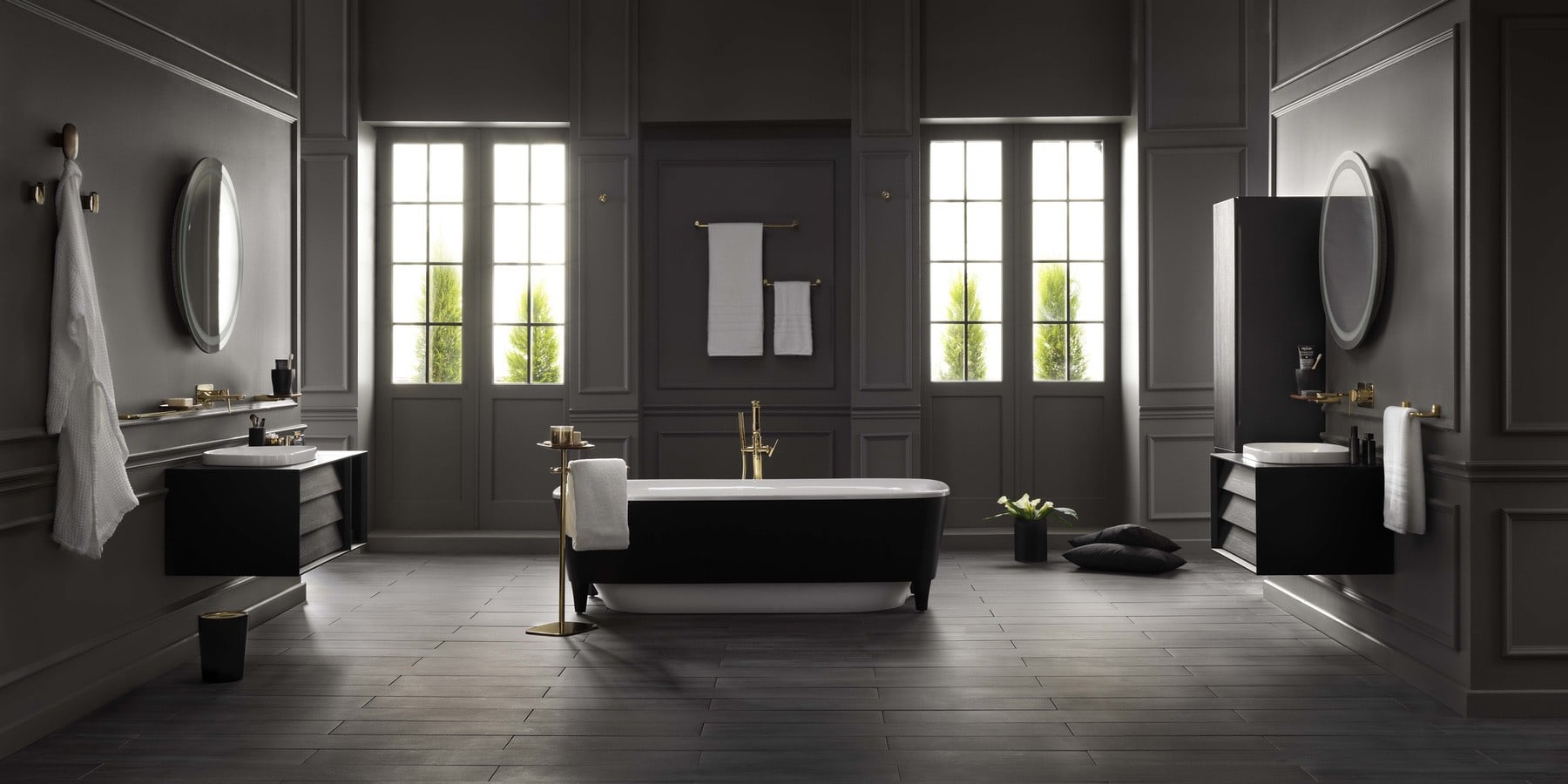
Materials and Finishes: Getting the Details Right
Whichever type you choose, your choice of material will influence the look and feel of your bath. Acrylic remains a popular and affordable option, but resin stone, composite, and even cast iron are gaining ground.
Acquabella and Sonas offer advanced composite models with excellent heat retention, while Ramon Soler taps and brassware can add that finishing flourish in brushed gold, matt black, or polished chrome. Consider pairing your bath choice with designer taps and matching furniture for a coordinated feel.
Don’t forget your bath panels, surrounds, and flooring. With Interlübke furniture or a matching Utopia vanity, your bath can be seamlessly tied into the wider room design.
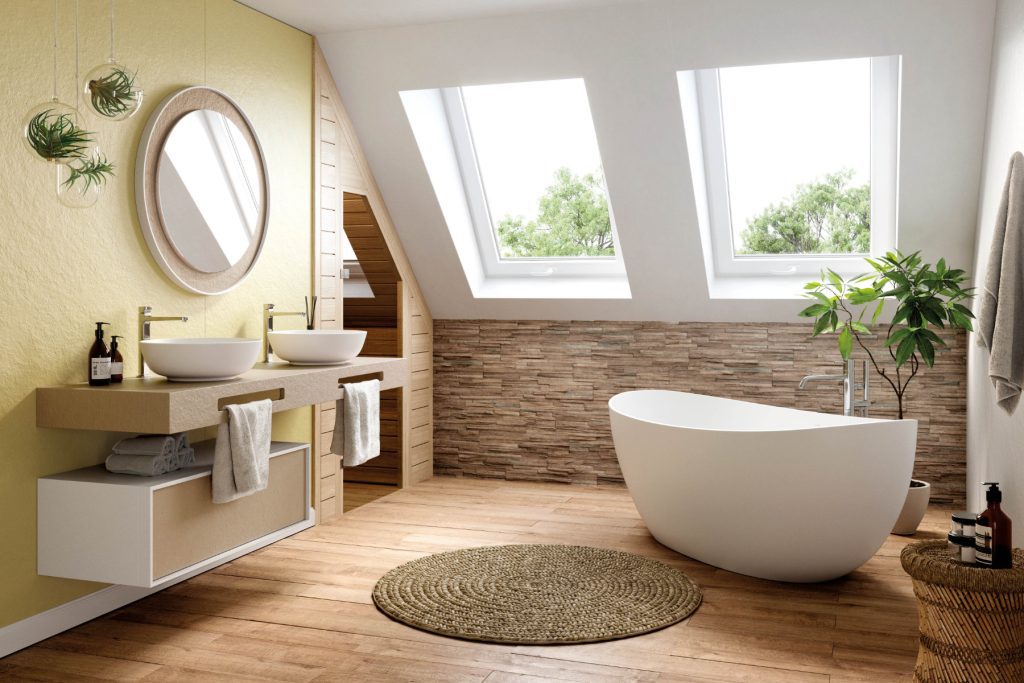
Cleaning and Maintenance
- Freestanding baths tend to gather dust underneath, so you’ll need to keep the surrounding floor area accessible and clean. If you’re planning underfloor heating, this works especially well beneath freestanding units.
- Built-in baths can hide pipework and often make better use of the wall for fittings, but be aware of long-term issues with grout, sealant, or access panels if something goes wrong behind the wall.
Either way, look for easy-clean materials and anti-limescale finishes—especially if you live in a hard water area.
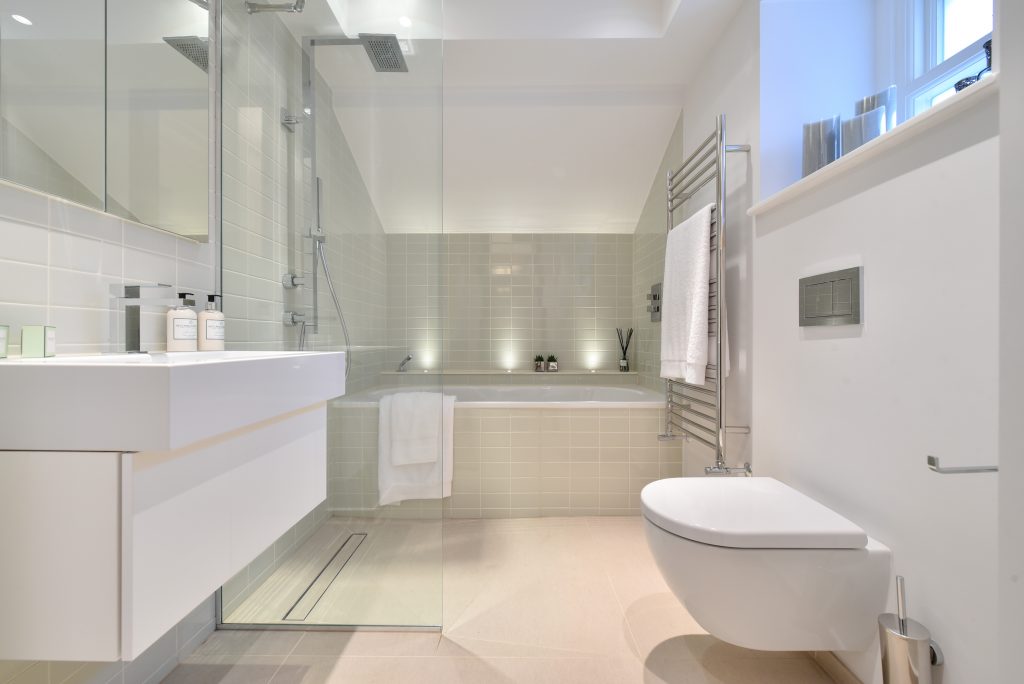
Bathroom Size: What Fits Best?
It’s tempting to think a freestanding bath is only for big bathrooms—but that’s not always the case. Compact freestanding baths do exist, including back-to-wall versions that combine the visual appeal of a freestanding model with the space-saving practicality of a built-in bath.
Sonas and Acquabella both offer options that can work in UK bathrooms where square footage is tight.
As a general guide:
- For freestanding baths, allow at least 10–15 cm of clearance around the sides.
- For built-in baths, think about the wall tiling, surrounds, and how it integrates with your shower, if included.
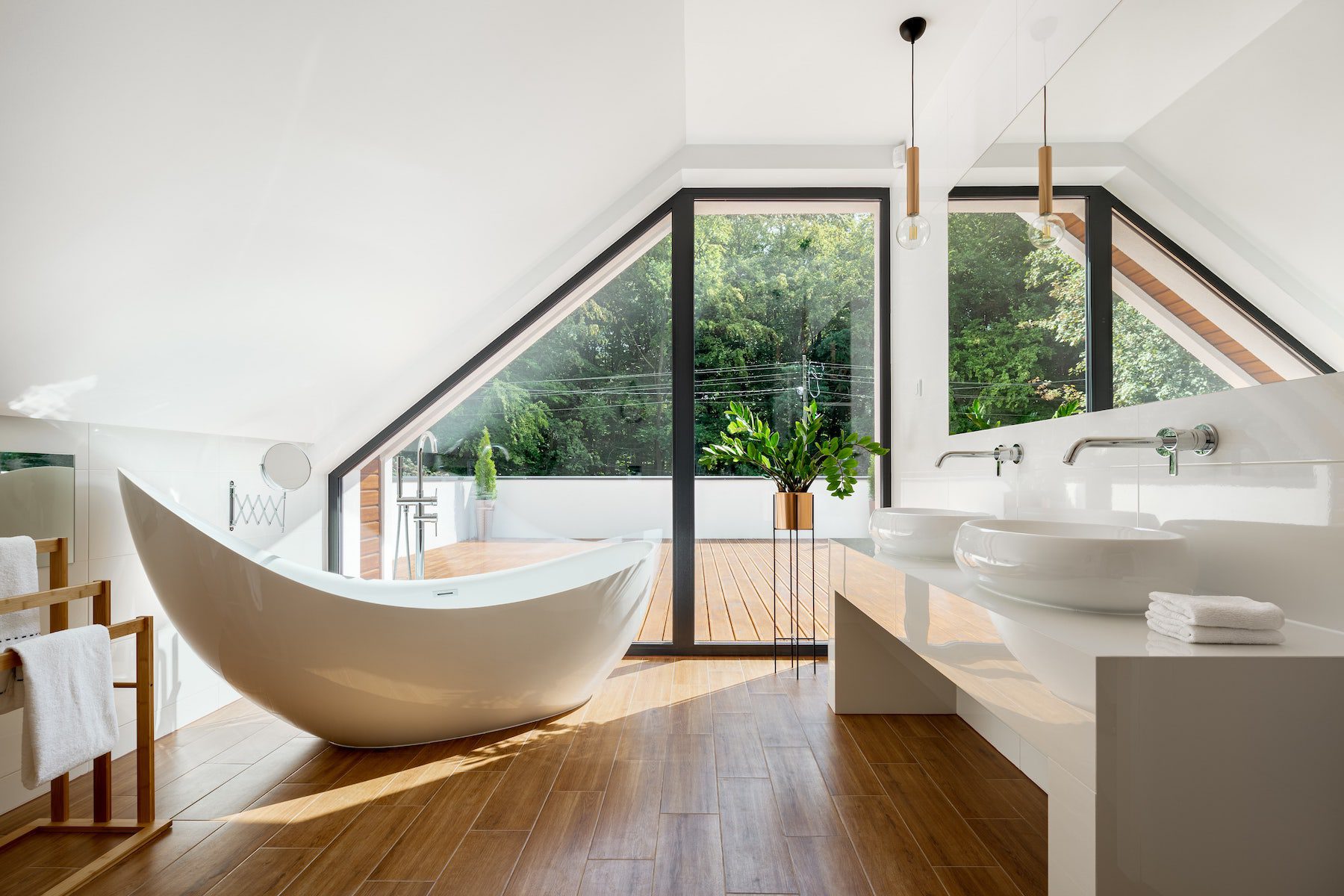
Making the Final Decision: Ask Yourself…
- How often will the bath be used—and by whom?
- What’s more important: visual impact or everyday function?
- Do you want to pair it with a shower?
- Will your bathroom be easy to clean and maintain?
- What’s your overall budget?
By answering these questions, you’ll begin to narrow your options and understand which bath type will work for your space and lifestyle.
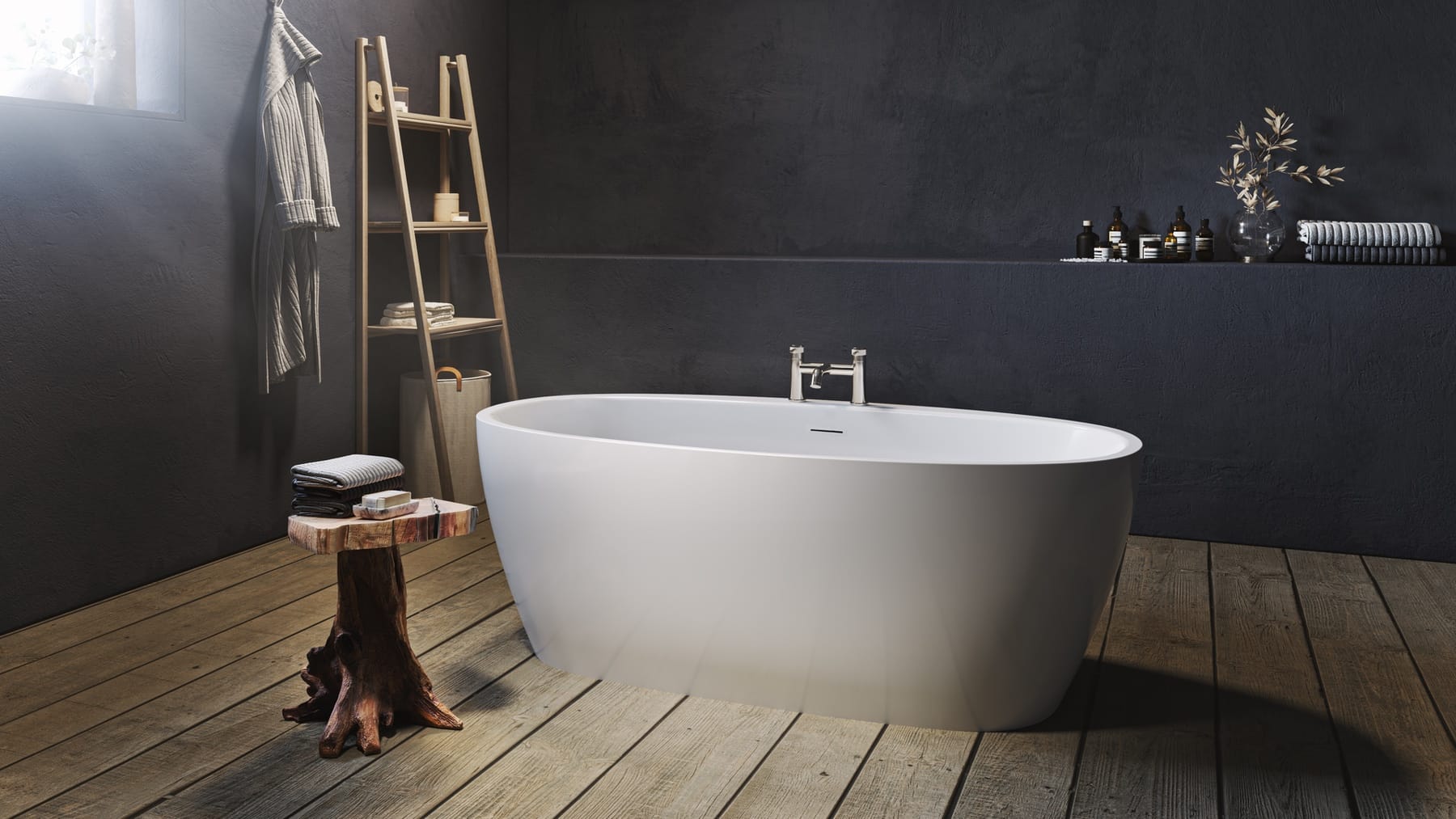
Final Thoughts: Freestanding vs Built-In Baths
Both freestanding and built-in baths offer brilliant benefits, and the right choice depends entirely on how you live and what your space can accommodate. You don’t have to sacrifice style for practicality—or the other way around. With the right design approach and carefully selected fixtures from trusted brands like Sonas, Acquabella, Ramon Soler, and Utopia, you can enjoy a bathroom that feels both beautiful and functional every day.
If you’re still undecided, visiting a local bathroom showroom can help. Seeing freestanding and built-in baths in person gives you a better sense of scale, finish, and how they might work within your space. With expert advice on hand, you can make a choice that you’ll be happy with for years to come.
